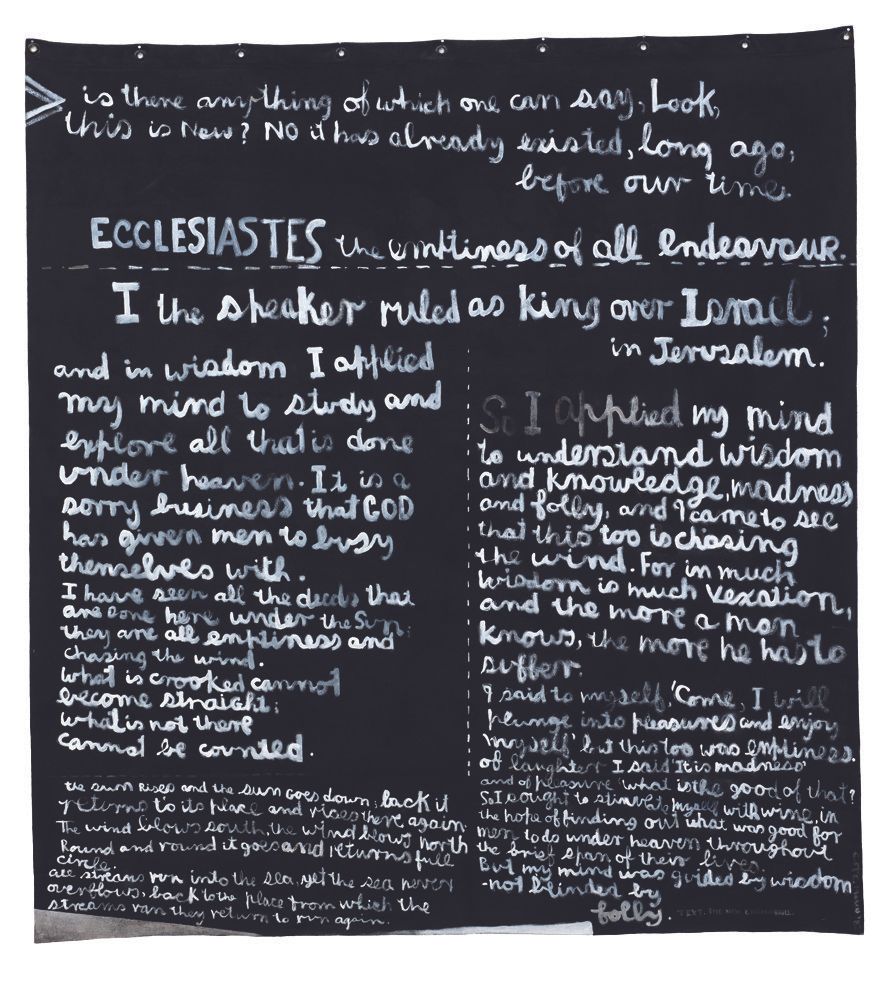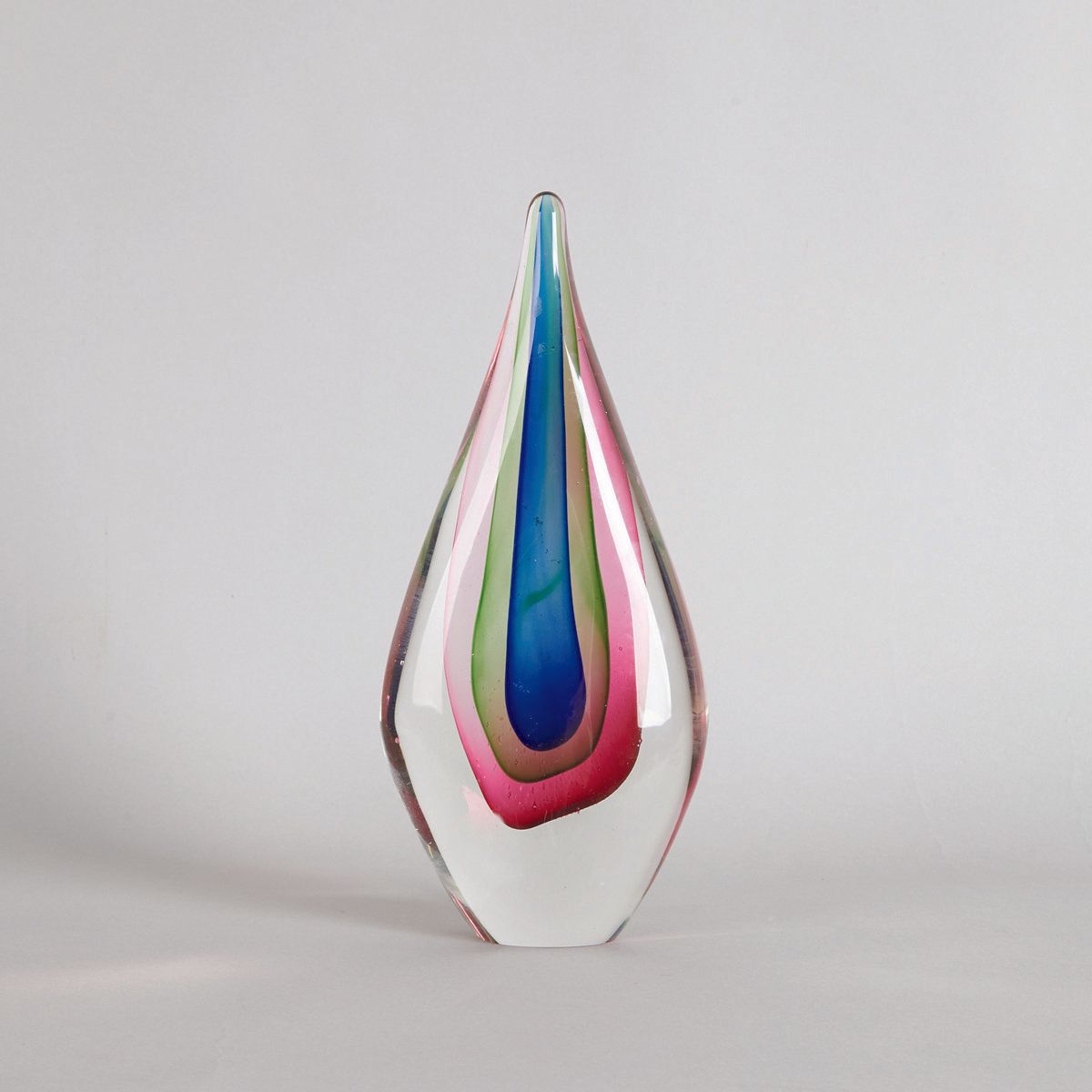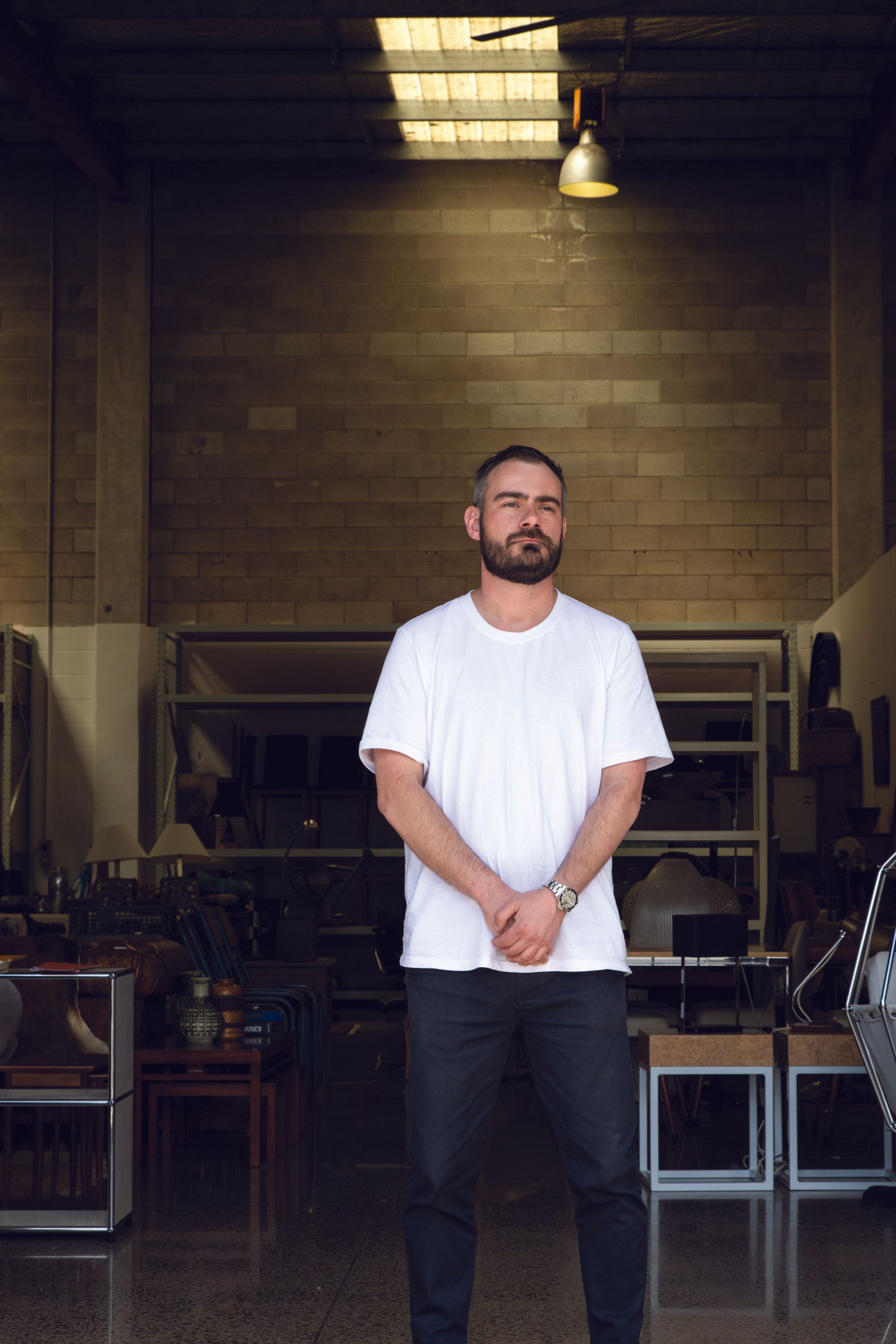
The art of auctioneering
Words: Suzanne McNamara
Webb’s auction house has a unique New Zealand heritage, which was instigated by its founder, Peter Webb, a key art dealer of his time. He befriended Colin McCahon when the artist first moved to Auckland in the early 1950s, and was the first to exhibit his work in the city. Recently, a McCahon painting, part of the sell-out BNZ collection at Webb’s, broke through the $2 million price ceiling and reached a staggering $2.45 million. That’s the highest sum ever paid for a New Zealand artist’s work on the secondary market.
Webb’s has moved into Uptown and Suzanne McNamara catches up with two of their directors.
Peter Webb initiated auctions of New Zealand contemporary art back in 1976. Since then, Webb’s has presented regular auctions of fine wine and whisky, jewellery, handbags, motorbikes, cars and decorative art items – essentially all forms of valuable collectables. Mid-century art and furniture is sold via online auctions called “The Estate”. These auctions are wildly popular as mid-century chic continues to be desirable and New Zealand applied artists from that time are now recognised and have become collectable.
Peter Webb built a prestigious brand and now, almost 50 years later, two of his prodigies are behind the business’ continuing success. Charles Ninow, Director of Art, and Ben Erren, Director of Decorative Arts, are both trusted advisors and auctioneers and have risen to the top of the business. They both started at Webb’s as interns and, under the close eye of Peter Webb, they learned how to problem-solve their way to success. Both are relatively young – Charles is 35 and Ben 32 – and Webb’s new owners have given them free rein to push the boundaries on how they acquire, market and sell art.
When it comes to buying art, it can be hard to figure out where to start. Charles and Ben offer similar advice for starting or expanding an art collection: buy something that challenges you and start by looking – a lot. That includes dealer galleries and auctions. Auctions are where you will pay the market rate for something; in some cases, that may be less than you would pay at a gallery.
“It’s a challenge if you are in it for investment only, because some artworks increase in value and some don’t,” says Charles, who says he doesn’t buy for investment at all. “What you really should buy and collect art for is to enrich your life.”
“It’s really nice living with artwork. Every day you wake up and interact in some way with the art you have around you. Every great artwork results from a great idea, so you are surrounded by great ideas. And if you buy good artworks that are challenging, your relationship with them will constantly change over time.”
He adds that it’s got to be something that appeals to you. “For me, it’s got to interest me and do a little more. It’s got to unsettle me, or maybe I don’t quite get it – it’s got to challenge me in some way.”
And he says there is always a way to find something affordable. “You don’t have to spend huge amounts of money. You can build a collection from relatively modest amounts of money, but you have got to really look a lot.”
Ben adds another way to build art knowledge is to “find people that know more about art than you do, people with opinions you trust and listen to what they have to say”.
The Estate complements the fine art auctions and is where collectors can pick up Scandinavian hand-blown glass for $40 or a handmade mid-century couch for around $1200. Ben, who runs this department, says applied arts are exploding in Aotearoa. “People are recognising the ceramic artists, like Len Castle and Barry Brickell, who sat along- side their painting contemporaries such as Ralph Hotere and Colin McCahon, who were flourishing during the same period.”
These people, he says, hold their own with international ceramicists. “Now that their work is coming through The Estate, it’s really nice to see a bunch of new collectors getting into that market and really

appreciating these practitioners for what they achieved during that mid-century period.” He adds that well-selected ceramic pieces are a nice way to balance an art collection. “Ceramics are often at a price point that’s more accessible, but are equally impressive in terms of the skill behind them, or the significance they had at that time in New Zealand.”
And that’s where Charles and Ben both think younger people can start collecting. “We’re not just here selling $2 million paintings by Colin McCahon. Customers can also come in and buy a piece of New Zealand pottery which in itself is artwork,” explains Ben.
With all this knowledge, they must be in hot demand at a dinner party, because who doesn’t want a bit of free advice on the next up-and- coming artist? Ben chuckles and explains that as soon as people figure out what they do for a job, “a queue gently forms and suddenly, you’re an investment advisor for the next two hours of your evening, but it’s not so bad.”
Back to business, Charles states that an operation like Webb’s has to be humming along constantly. It’s a fast-paced industry that doesn’t allow for attachment to any one thing, because you are instantly onto the next. An auction will be installed and on view for a week. Then, an hour after the auction, a team comes in and takes everything off the walls. By the following day, they are installing the next auction. And while that is happening, there are concurrent online auctions from multiple departments. These online sales, especially those from The Estate, have been phenomenally successful for Webb’s.
“Our auctions consistently set the benchmark in New Zealand and are on par with anything happening overseas,” says Ben. “The artworks are treated respectfully, but they’re also presented in a way that’s super engaging for people that are walking into the gallery.”
So what does it take to be a top auctioneer in Aotearoa? The assumption would be an exceptional knowledge of art and its value. Charles dismisses this as a core skill, believing that’s something anyone can learn. “When you start at an auction house, your first job is to be the person who talks to everyone who comes in with something. That’s your job. After not very long, you end up knowing what things are worth.”
After all, Charles says, a painting is just canvas and paint. “It’s everything around it that makes it valuable. It’s all part of something bigger.” Telling that story to customers and being good with people is where the skill lies.
Ben adds that every single thing that comes through Webb’s is unique in some way. “And you will be the only one that has that piece. I think this is what sets an auction market apart – that you will never walk into a friend’s house and see the exact same thing, because it does not exist. Every single thing is unique in some respect.”

Ben Erren, Director of Decorative Arts
Webbs
